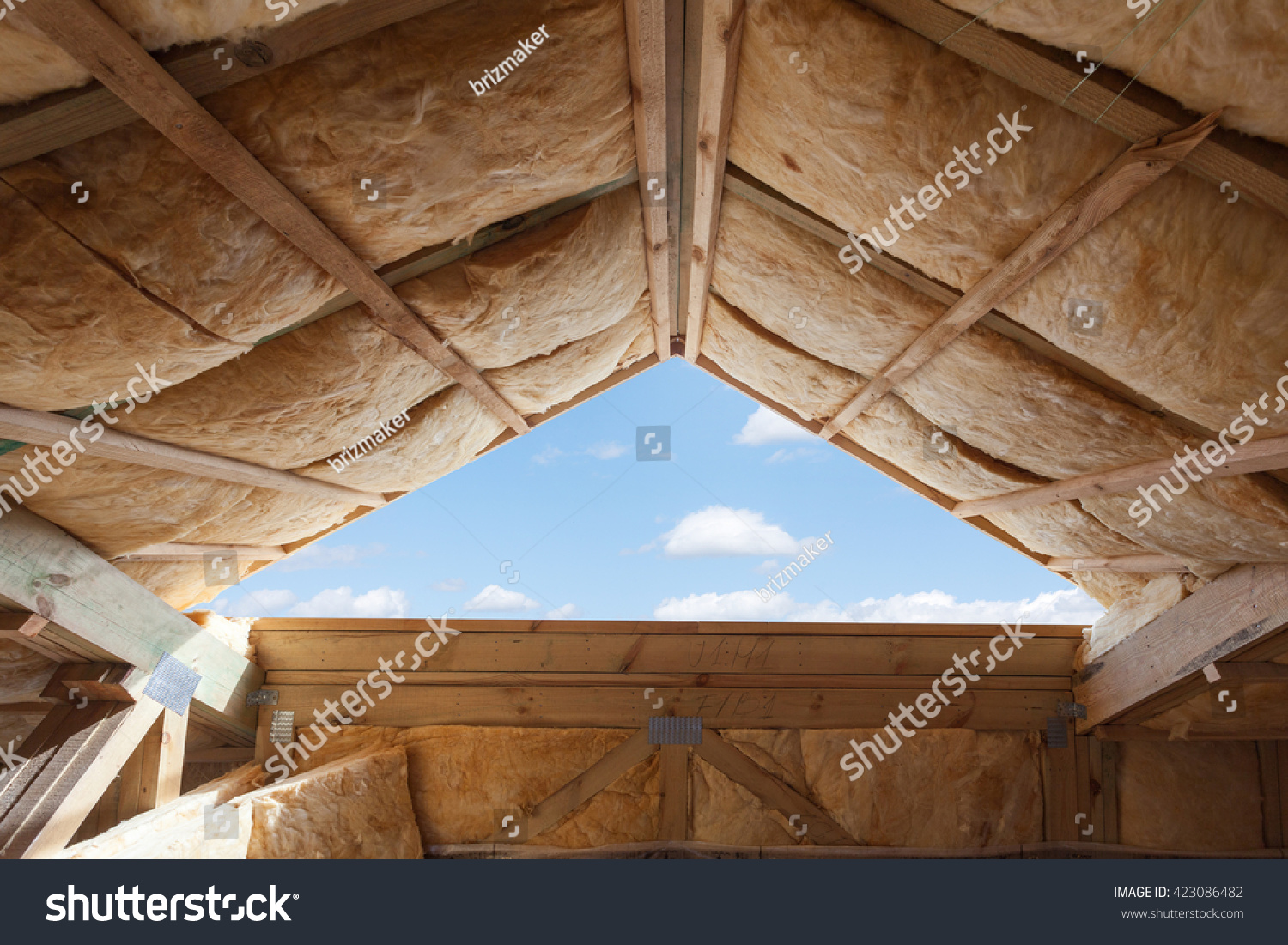A Guide to Understanding Blow-in Cellulose Insulation

Insulation is essential in keeping your home warm during the winter and cool during the summer. Several types of insulation materials are available, including fiberglass, spray foam, and blown-in cellulose insulation. While all types of insulation serve the same purpose, they differ in cost, efficiency, and ease of installation.
What Is Blow-in Cellulose Insulation?
Blow-in cellulose insulation is made from recycled materials like newspaper and cardboard and treated with chemicals to make it resistant to fire, pests, and mold. Using a special machine, the material is then shredded into small pieces, fluffed, and blown into walls, attics, and other spaces. The insulation is designed to fill gaps or cavities, creating a complete barrier preventing heat loss or gain.
Benefits of Blow-in Cellulose Insulation
- Energy-Efficient
Blow-in cellulose insulation has a high R-value, which measures its ability to resist heat flow. It keeps your home warm in the winter and cools in the summer, reducing energy consumption and saving you money on utility bills.
- Eco-Friendly
Blow-in cellulose insulation is made from recycled materials, making it an eco-friendlier option than other insulation materials. It is also biodegradable and does not release harmful chemicals into the environment.
- Fire-Resistant
The chemicals used to treat blow-in cellulose insulation make it fire-resistant, providing an added layer of protection in case of a fire.
- Soundproofing
Blow-in cellulose insulation also acts as a sound barrier, reducing noise pollution from outside and between rooms.
Installation Process of Blow-in Cellulose Insulation
- Preparation
The first step is to prepare the area to be insulated by clearing any debris or obstacles that may hinder the installation process.
- Machine Setup
The next step is to set up the blower machine, which blows the insulation material into the cavity. The machine consists of a hopper, a hose, and a blower.
- Insulation Blowing
Once the machine is set up, the insulation material is poured into the hopper, which is turned on to blow the insulation into the cavity. The technician uses the hose to direct the insulation material to the desired area, ensuring it fills all gaps and cavities.
- Finishing Touches
Once the insulation is blown in, the technician ensures it is evenly distributed and covers all the necessary areas. They then clean up any excess material and dispose of it properly.
Factors to Consider Before Installing Blow-in Cellulose Insulation
- Budget
Blow-in cellulose insulation is more cost-effective than other insulation materials like spray foam. However, the cost still varies depending on the size of your home and the amount of insulation needed.
- Home Structure
The structure of your home will determine the amount of insulation needed and the areas that require insulation. For example, older homes may require more insulation than newer ones since they have more gaps and leaks.
- Climate
The climate in your area will also determine the amount of insulation needed. Homes in colder climates require more insulation than those in warmer climates.
- Installation Method
The method used to install blow-in cellulose insulation varies depending on the insulated area. For example, wall insulation requires drilling holes, while attic insulation can be installed outside.
Conclusion
Blow-in cellulose insulation is an energy-efficient, eco-friendly, and cost-effective insulation material that offers several benefits to homeowners. Before installing blow-in cellulose insulation, it is essential to consider factors such as budget, home structure, climate, and installation method to ensure that you get the most out of your investment.
If you are looking for a reliable and experienced insulation company in Miami and South Florida, look no further than Atlas Insulation. We provide top-notch spray foam insulation services, including blown-in insulation. Contact us today and get a free quote!





